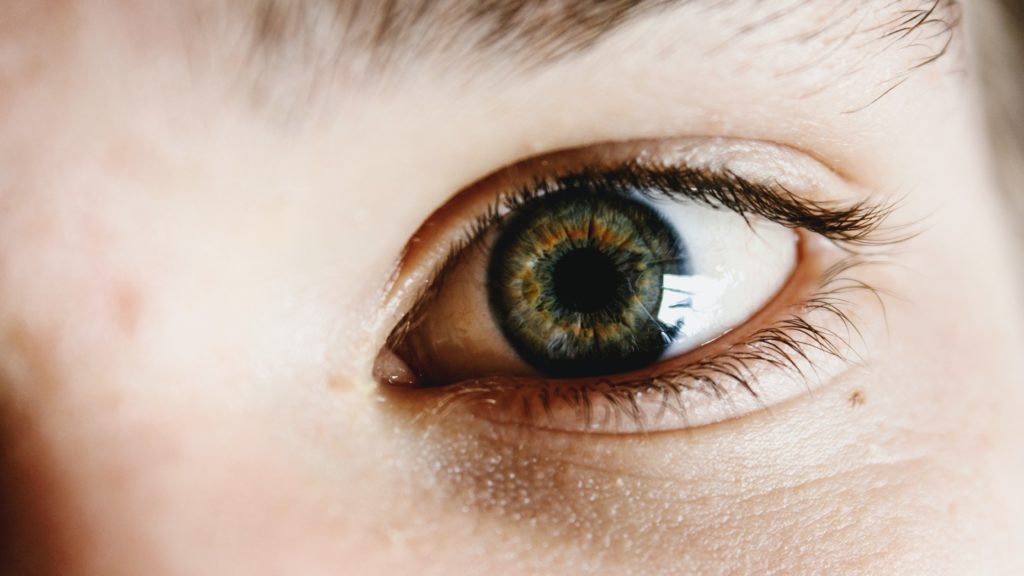
Omega-3 Fatty Acids for Potent Eye Care
The use of omega-3 fats and oily fish transcends beyond heart health alone. While elderly folks are mostly faced with the risk of age-related macular degeneration, high eye pressure and glaucoma, omega-3 fatty acids assist with proper drainage of intraocular fluid from the eye – thereby beneficial for overall eye care. A recent number of studies now support the use of the bioavailable variant of omega 3 fatty acids for dry eye treatment.
What are Omega-3 fatty acids?
Omega-3 refers to a group of polyunsaturated fatty acids found in every cell in the body.
Notably, the omega 3’s consist of 3 different types, namely:
- ALA (alpha-linolenic acid),
- EPA (eicosapentaenoic acid)
- DHA (docosahexaenoic acid).
Unfortunately, the body cannot produce these essential nutrients by itself; thus, we have to rely on our diets for a constant supply.
As a matter of fact, the American Heart Association now recommends that all adults eat a variety of fish, especially Oily fishes, like sardines, salmon and mackerel at least two times weekly to maintain healthy levels of Omega-3. Besides, the need for omega-3 in the biological functions of the cardiovascular, reproductive, immune, and nervous systems cannot be overemphasized. This is why residents of the Mediterranean, Greenland, and Japan who have access to more oily fish people have lower rates of heart disease than US and UK citizens who consume more of meats and processed foods.
By the way, eating oily fishes are not limited to getting Omega 3 fats alone. These treats are good sources of vitamins A and D and the B vitamins, as well as calcium and other minerals. Vitamin A, for example, helps in maintaining a clear cornea, located in the outer eye anatomy.
Vitamin A also acts as protective shields against eye infections as some studies link them to a reduced risk of cataracts and age-related macular degeneration.

OMEGA-3 FATTY ACIDS AND EYE CARE: WHAT RESEARCH HAS TO SAY!
The American Journal of Clinical Nutrition (AJCN) opts that sources of omega-3 fatty acids rich in EPA and DHA are beneficial for eye care. For example, DHA promotes healthy retinal function. It is naturally found in the retina, where it fosters macular health and maintains sharpest vision.
DHA and EPA omega-3 fatty acids are also found in the maternal breast milk of mothers, and as a result, are included in most infant supplement formula. The reason is not far-fetched. Omega-3 fatty acids enhance visual acuity and development in infants. This fact was reflected in the pediatrics research conducted by the Harvard School of Public Health. The result showed kids fed with DHA-supplemented formula with better visual development at 2-4 months of age compared to their counterparts fed with zero or lesser DHA-supplemented formula.
Adults stand to gain more eyecare relief from omega-3 fatty acids. Studies have shown that omega 3 effectively relieves some symptoms of dry eyes. A study featuring a daily intake of 560 mg of DHA and 1680 mg of EPA saw a recovery in tear osmolality, omega-3 index levels, tear break-up time, and other permutations related to dry eye syndrome. Another study was also conducted on dry eyes induced in mice. The tropical application of Omega-3 fatty acids saw a significant decrease in dry eye signs and inflammation in the rodent.
Besides, the sole ability of these essential fatty acids to assist with proper drainage of intraocular fluid from the eye makes it an effective therapy against glaucoma.
WHAT ARE THE SOURCES OF OMEGA-3 FATTY ACIDS?
Oily fish ranks as the best source of omega 3. It is more advisable to eat fresh over the canned or frozen types. However, if you eat farmed fish, make sure it’s organically bred. Oily fish examples include Anchovies, Bloater, Mackerel, Salmon, Sardines, Swordfish, and more. It is recommended to eat two servings of fish per week or substitute with a daily supplement.
Vegetable sources of omega 3s are flaxseed oil, walnut, soya, pumpkin, krill, and algal oil. Omega 3 can also be found in nuts like walnuts, pecans, and hazelnuts. In addition to food products fortified with omega 3 fats, e.g., butter, you can also take Soya beans and soya products as a reliable source of essential fatty acid.
OMEGA 3 FATTY ACIDS: TOLLING THE PATH OF SUPPLEMENTS
In the absence of omega 3 fresh food sources, turning to supplements is a viable means of meeting your weekly requirement. Selecting the best nutrient supplement requires a different skillset altogether; this is why you should go for an omega 3 supplement with lower levels of vitamin A. Also, check product labels for statements like “fish liver oils. They contain less Omega 3 than fish oils and thus should not be a priority choice.
More optometrists are getting enticed by more advanced omega 3 supplements enhanced with natural extracts. More so, some of these over-the-counter supplements now feature gummy variant for kids’ eye development.
There are enough Omega 3 fatty acids to go round for everyone, both in fresh and supplement form. The crux, however, is meeting up with your 140g portion of oily fish per week. As a result of this, older adults are advised to commit to a strict intake of Omega 3 fatty acids in their chosen form to reduce the risk of cataract, dry eyes, glaucoma, and other intervening eye infections.
































































